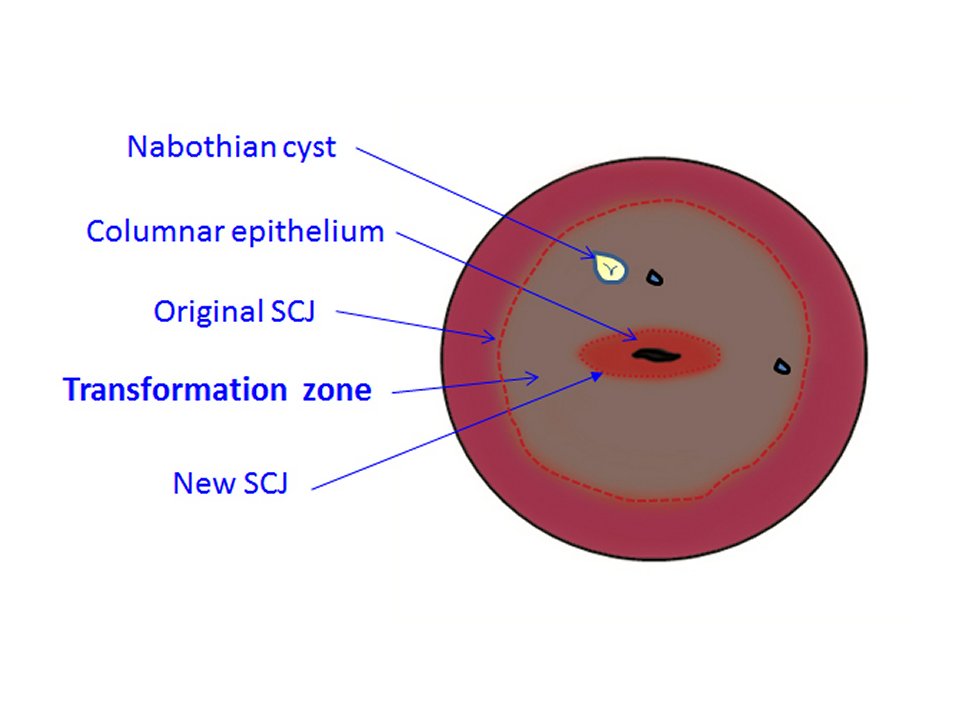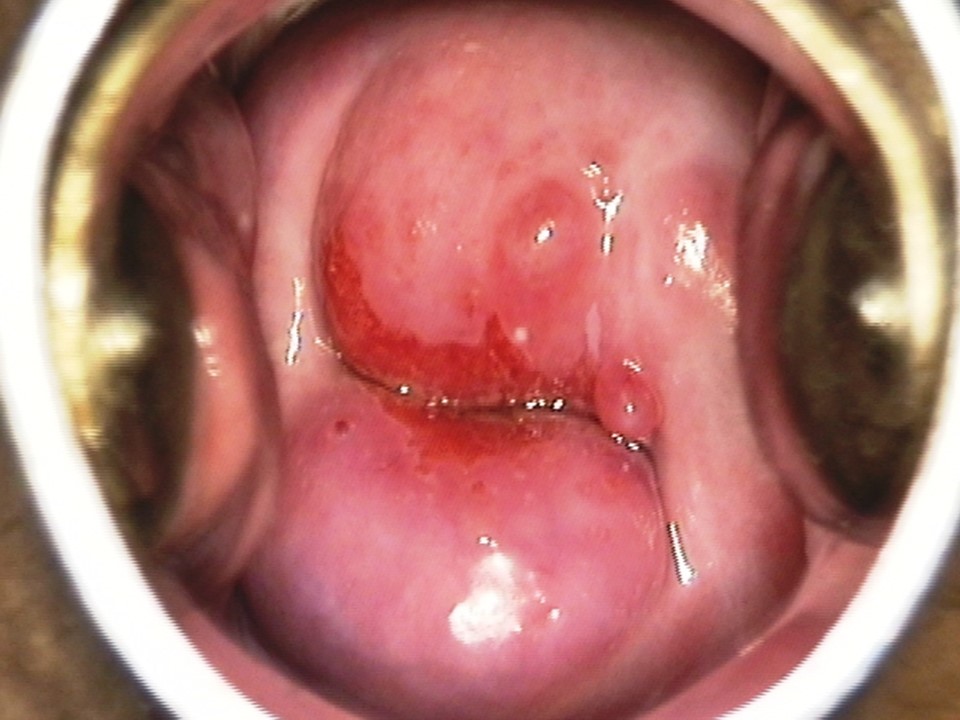Introduction
Different approaches to screening and treatment of cervical precancer
Anatomical considerations
Physiological changes of the cervical epithelium
Neoplastic changes of the cervical epithelium
HPV tests – Variation between tests
Instruments, consumables, and setup required
Procedure to collect samples for HPV testing
Interpretation of HPV test results
Management of women with a positive HPV test result
Treatment of cervical intraepithelial neoplasia – principles
Steps to determine eligibility for ablative treatment
Role of Lugol’s iodine in identifying the transformation zone for treatment
Treatment by cryotherapy
Treatment by thermal ablation
Using an HPV test as the test of cure in women treated for cervical abnormalities or cervical intraepithelial neoplasia (CIN)
Infection prevention
Case studies
VIA triage outcome (applicable in screen-and-treat setting only) – negative cases
VIA triage outcome – positive cases
VIA triage outcome – suspicious of cancer cases
Foreword
Acknowledgement
Authors
Suggested citation
Copyright
Home / Training / Manuals / Using HPV tests for cervical cancer screening and managing HPV-positive women – a practical online guide / Learning
Using HPV tests for cervical cancer screening and managing HPV-positive women – a practical online guide
Filter by language: English / Français / EspañolPhysiological changes of the cervical epithelium – Transformation zone of the cervix | Click on the pictures to magnify and display the legends |
The transformation zone (TZ) is the area of the cervix where the columnar epithelium has been replaced by or is being replaced by the metaplastic epithelium. It is bounded by the original SCJ at the outer (distal) limit and the new SCJ (simply called the SCJ) at the inner (proximal) limit. Although the SCJ as the proximal or inner boundary of the TZ can be easily identified, the original SCJ is no longer recognizable. The distal or outer limit of the TZ is identified by the location of the nabothian cyst or the crypt opening that is located farthest away from the external os. If there is an acetowhite patch on the ectocervix that is connected to the SCJ, the farthest extent of the patch should be considered as the distal extent of the TZ. The extent of the TZ varies with the woman’s age. In a woman of reproductive age, the SCJ is usually fully visible and the TZ is located on the ectocervix. With advancing age, the cervix shrinks and the SCJ recedes into the endocervical canal. As a result, the TZ may be partially or completely inside the endocervical canal.
Pregnancy may lead to certain physiological changes of the cervical epithelium. |
IARC, 150 Cours Albert Thomas, 69372 Lyon CEDEX 08, France - Tel: +33 (0)4 72 73 84 85 - Fax: +33 (0)4 72 73 85 75
© IARC 2025 - All Rights Reserved.
© IARC 2025 - All Rights Reserved.






